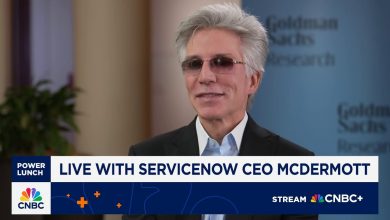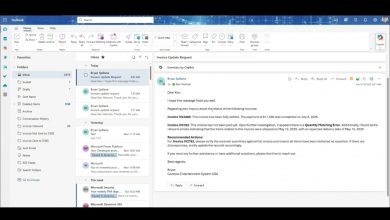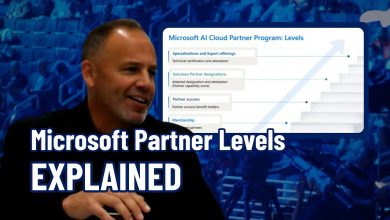3 Platform Rules and MarTech Landscape with Scott Brinker, VP of Platform Ecosystem, HubSpot
MarTech guru Scott Brinker shares lessons learned and key insights on how Hubspot became a massive platform ecosystem.
 On this Partner Insights webinar the host Roman Kirsanov interviews Scott Brinker to explore Platform Ecosystem models, via reviewing the evolution of the MarTech landscape (Marketing Technology).
On this Partner Insights webinar the host Roman Kirsanov interviews Scott Brinker to explore Platform Ecosystem models, via reviewing the evolution of the MarTech landscape (Marketing Technology).
Scott is uniquely positioned to provide expert insights. Over the last 5 years Scott has spearheaded the transformation of HubSpot from a marketing suite to a platform that now has 1000+ integrations, and as Editor at Chiefmartech.com has been mapping and explaining martech ecosystem for the last decade.
MarTech Landscape
Starting at 3m:15s Scott explains the MarTech landscape is both consolidating and expanding. There are many acquisitions that absorb one company into another and also an ongoing growth of new entrants into the space.
He correlates the landscape with a ‘long tail’ of participants, with very large players at the core, like Salesforce, Adobe, Microsoft, Oracle and Hubspot, spanning out to smaller vendors and startups, and even through to ‘micro SaaS’ providers.
Scott compares it to the Android and iPhone mobile platforms, which are highly consolidated and consequently have enabled massive developer and app ecosystems, and while MarTech is unlikely to reach that same level of consolidation and scale it’s a helpful reference model to aim for to replicate similar levels of success.
Standalone vs Ecosystem Apps
From 6m:18s Roman and Scott discuss a trend and critical insight that Allan Adler describes, that SaaS vendors used to build their product in isolation, concentrating only on the functionality they offer with little consideration for the broader industry ecosystem.
Exactly to the point Allan makes this diminished the value to potential clients and so now vendors have adopted an ecosystem integration policy as being a central tenet to their product strategy, a core requirement of being successful.
Turning Hubspot into a Platform
At 14m:00s the conversation moves on to recounting the journey of how Hubspot become a platform.
Scott says the founders always had the vision for this to come about but to the heart of the ecosystem strategy it requires a number of progression steps to get there.
The first and primary requirement is to achieve scale, in terms of user base, because until that has been achieved there is no incentive for partners to join and develop value add components. Hubspot spent the first decade of it’s life building this customer scale.
Scott joined in 2017 – He and the founders shared a vision for seeing the large MarTech landscape not as a threat but an opportunity, setting the scene for their platform strategy.
Key Elements of a Successful Platform Strategy
From 18m:00s Roman asks Scott to distill the top three learning insights he would share with others embarking on a platform enablement journey, which Scott describes as:
- Customer and partner value: The most fundamental design principle is that of course the point of a marketplace is that the combined efforts of the partners enhances the value of the product for the customers. Equally it’s strategically important to consider partners as a form of customer too, in that the platform should enable their financial success, even to the point it generates more revenues for them than it does for the platform.
- Be comfortable with “co-opetition”: Furthermore platforms should even be comfortable with their partners competing at some levels, as this presents more choice and thus more value for customers. Trying to stymie this effect reduces that core #1 principle and thus ultimately proves degrading.
- Change is hard: Given these previous principles go against the grain of decades-long product and sales cultures moving against them can prove very challenging for traditional vendors, but working through them is essential to success as a platform.



